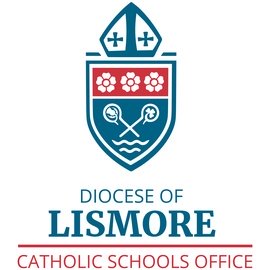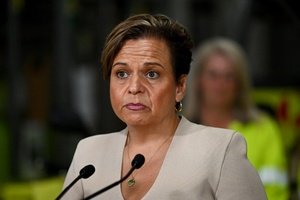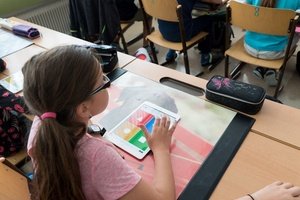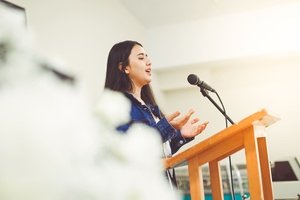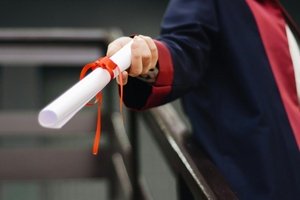One goes as far to say explicit teaching is “laden with inherent risks” and should not be adopted at the expense of inquiry learning approaches.
The long-running explicit teaching vs inquiry learning debate has once again reared its head, following an announcement from the NSW education department that all teachers will undergo a day’s professional development focused on explicit instruction next week – a move signalling a desire to cement evidence-based instruction across the state.
But concerned academics have responded to the news, telling MCERA the department’s focus on explict teaching ought to face pushback because it undermines teachers’ expertise and threatens to hinder students’ 21st century skill development.
Dr Lynde Tan from Western Sydney University tells the organisation that explicit teaching is a “buzzword” that has gained traction in the media and is being presented as the solution to improving academic outcomes.
Tan says research shows the teaching approach carries a range of risks and thus “requires precautions”.
Namely, that students’ “over-reliance on the teacher as the knowledge provider” inhibits self-directed learning, while the inherent “rigidity” in the pedagogical approach prioritises the recall of facts and rote learning over critical thinking, she suggests.
“The highly structured scope and sequence restrict teacher and student creativity,” Tan adds.
But UNSW Sydney's Emeritus Professor John Sweller has previously warned the widespread bid to teach critical and creative thinking in schools is a misguided endeavour.
The influential cognitive psychologist maintains it’s only domain-specific knowledge stored in long-term memory, plus our innate ability, that allows these capabilities to flourish.
“At the end of the day, if you can think critically (or creatively) about something, it’s because you have a lot of knowledge about it,” he tells EducationHQ.
Sweller argues the drive to teach critical and creative thinking skills has taken hold in education simply because it sounds like a great idea.
The main job of teachers, he says, should be to build up students’ domain-specific knowledge across multiple areas.
“If you want somebody to be creative, give them knowledge, give them information. And that’s really what teachers ought to be doing – most teachers do that anyway…”
Sweller notes that sometimes teachers are “led astray” by inquiry learning.
“[It] just goes against everything we know about how humans learn and think and solve problems.
“There’s a lot of knowledge of cognitive science and it’s been ignored and it’s foolish,” he asserts.
At its core, explicit instruction is a systematic method of teaching that is hinged on three components: breaking down learning into small steps, checking for student understanding and ensuring all students actively participate.
Other academics, such as Dr Lorraine Hammond from Edith Cowan University, flag that explicit instruction is frequently misunderstood.
“[They] are often characterised as being traditional, didactic and boringly reminiscent of Charles Dickens’ Thomas Gradgrind in Hard Times,” she tells EducationHQ.
"The reality is, this is not the case. As Mark Twain noted, ‘A lie can travel around the world and back again while the truth is lacing up its boots’.
“The pace of instruction is fast, students have multiple opportunities to practice and teachers do not teach this way all day.”
Explict instruction is the quickest route towards knowledge mastery, the expert adds.
“The information processing model illustrates how vulnerable novice learners are to experiencing cognitive overload; that sensation when we know our brains are struggling to juggle information and we run out of space in working memory.
“Learning something new is hard, but by repetition and practice we can get to the point of mastery quickly,” Hammond says.
In response to the reignited explicit teaching vs inquiry discussion, Victorian school leader and author Dr Greg Ashman outlined his schools’ position in a Substack post.
“People have funny ideas about explicit teaching…” he wrote.
“To us, it is a whole system that gradually moves from teacher to student.
“Concepts are fully explained and procedures are fully modelled before students are asked to make use of these concepts and procedures.
“However, there is a lot of checking for understanding and guided practice – our lessons are highly interactive with students often answering a question every couple of minutes on their mini whiteboards and the end result is students working independently on complex problems or producing complex products such as essays or works of art.”
But Deakin University’s Associate Professor Jill Brown says an excessive focus on explicit instruction would have side effects and could result in students not meeting curriculum expectations.
“A pushback is critical – explicit teaching is not a magic bullet, nor should it be the single pedagogy in any classroom,” Brown argues.
In the maths classroom, Brown puts forward the example of learning to multiply numbers, which she says requires students to explore many strategies to determine which method is the most efficient.
“Teachers can model these methods explicitly, but learning ultimately takes place when students explore them for themselves.”
The people ‘doing mathematics’ should be the learners, not the teachers, Brown says.
The academic also claims that explicit instruction will not allow students to meet the expectations of the general capabilities, cross-curriculum priorities, nor of specific disciplines, and especially in mathematics.
“Equally, the proficiencies and processes that underpin the maths curriculum cannot be learned via explicit instruction,” she says.
“Finally, I would suggest the main reason most people dislike and abandon further learning in mathematics is that it is typically taught heavily through explicit instruction, despite the curriculum aims,” she concludes.
Associate Professor Jorge Knijinik from Western Sydney University slammed the ‘back to basics’ debate, which he says is all about enforcing one ‘superior’ method over another.
“This mantra narrows the conversation around teaching methods; it undermines teachers’ professional expertise and society’s view of education in schools overall,” Knijinik says.
NSW school leader Rebecca Birch weighed in on the commentary from universities via X:
Lots of commentary floating around from universities revealing their lack of understanding about what explicit teaching is. This is why 1. the TEEP core content is needed and 2. there may be a lack of capacity to actually implement the changes.
— Rebecca Birch (@msrebeccabirch) April 23, 2024
Meanwhile, some school systems around the country have already made the switch to the science of learning, with explicit teaching now forming the bedrock of teachers’ practice.
Others, such as Melbourne Archdiocese Catholic Schools (MACS), have unveiled plans to implement an explicit instruction model across all their teaching and learning programs in the coming years.
A recent study by think tank The Centre for Independent Studies found there was a ‘science of learning lottery’ at play in Australia, with too many teachers happening upon the science of learning by chance, only to face contradictory advice from education departments and a lack of system-wide support.






